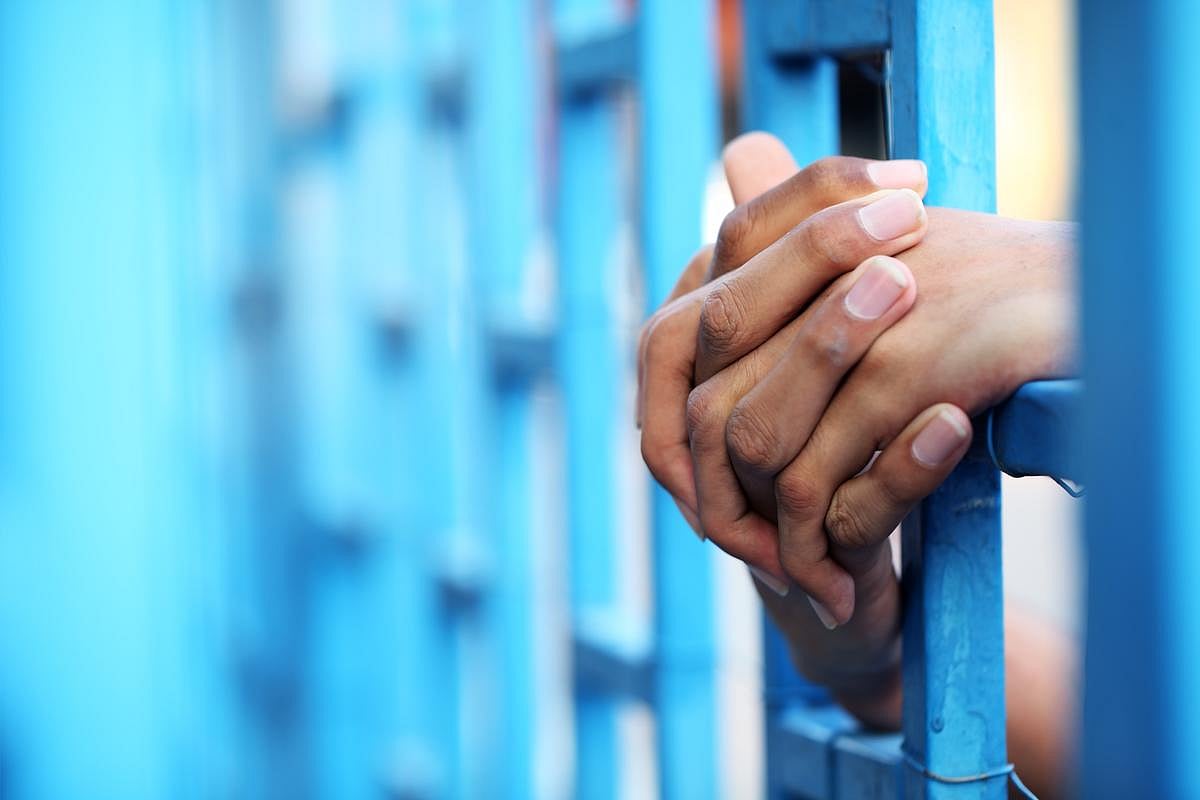(330) 876-1228
8507 Main StreetKinsman, OH 44428
(330) 876-1229

Opioid use disorder can be a contributing factor to Americans landing in the nation's prisons and jails, but those inmates typically have no access to medications that could help wean them off the drugs.
So finds a new study of over 900 jails nationwide. More than half offered inmates no access to medications against opioid use disorder, said a team of researchers from the University of Chicago.
“Offering substance use disorder treatment in justice settings helps to break the debilitating -- and often fatal -- cycle of addiction and incarceration,” said Dr. Nora Volkow, director of the National Institute on Drug Abuse (NIDA), which funded the research.
“Though someone may be in jail for only a short time, connecting them to addiction treatment while they are there is critical to reduce risk of relapse and overdose, and to help them achieve long-term recovery," Volkow said in a NIDA news release.
The new study was led by Elizabeth Flanagan Balawajder, a senior research associate at NORC at the University of Chicago. Her team published its findings Sept. 24 in JAMA Network Open.
According to background data from the researchers, two-thirds of all people incarcerated in U.S. jails are suffering from some sort of substance use disorder, in many cases addiction to opioids.
Medicines like methadone, naltrexone and buprenorphine can safely help inmates control cravings for opioids, easing them off the illicit drugs.
But is such help routinely available?
To find out, Balawadjer's team surveyed 927 jails during 2022 and 2023 -- a selection thought to representative of the more 3,500 jails nationwide.
More than half (55.6%) were located outside of cities, and about 60% offered inmates some form of contracted health care services.
However, although just over 70% of jails offered some form of substance abuse treatment or recovery support, in 56.2% of jails this did not include access to anti-opioid meds.
Even when methadone, naltrexone or buprenorphine were available, only 12.8% of jails made them easily available to anyone with an opioid use disorder, the Chicago team found.
Instead, many jails only made the medications available to inmates who were pregnant, for example, or those who had already been placed on the medications prior to their incarceration.
The reason most often cited by jails as to why they weren't offering the meds to all who needed them was "lack of adequate licensed staff" -- about half blamed lack of access on staffing issues.
Larger jails, and jails located in more affluent areas with addiction treatment centers nearby, were more likely to offer inmates anti-opioid medications.
Doing so could definitely save lives: According to NIDA, recent research found that "21% of individuals who died of a fatal overdose had been in jail, a facility for short-term stays, where most people are awaiting trial, sentencing or serving a short sentence."
According to the agency, this study is the most comprehensive to date on access to anti-addiction medications in U.S. jails.
What can and should be done?
According to Balawajder, "our findings suggest that supporting areas such as staff training, infrastructure improvements and partnerships with community treatment providers are key areas to improve substance use disorder treatment for people in jail.”
More information
Find out more about medicines that fight opioid addiction at Johns Hopkins Medicine.
SOURCE: National Institute on Drug Abuse, news release, Sept. 24, 2024
